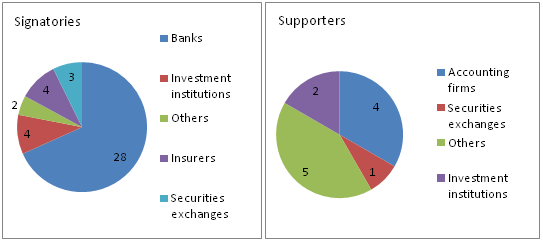BEIJING, June 23 (Xinhua) -- The Green Investment Principles (GIP) for the Belt and Road, which leverage more green investment from signatories and supporters with financial means, help guide and supervise related parties to better handle the carbon emission and environmental pollution challenges, Gabriel Wong, PwC head of China Corporate Finance told Xinhua on Wednesday.
The GIP, released by the Green Finance Committee of China Society for Finance and Banking and the City of London's Green Finance Initiative (now UK-China Green Finance Centre) in November 2018, is a set of principles dedicated to accelerating green investments among the Belt and Road Initiative (BRI) countries and regions.
Wong said that by including climate and environmental risk factors into the process of calculating financing costs for B&R projects, the GIP is conducive to solving the information asymmetry issues, reducing investment risk and cost of low carbon projects and fostering formation of helpful regional policy frameworks.
More importantly, the GIP thus contributes to attracting innovative low carbon investment so as to promote transformation of high carbon business modes to the green and low carbon investment-driven ones, noted Wong.
By May 31 this year, the GIP had received sign-ups from 41 institutions and official support from 12 organizations. Wong said that the signatories and supporters altogether have served as an important source of funds for the green development of the Belt and Road.
Chart: Composition of GIP signatories and supporting organizations

Source: PwC
According to the GIP medium-term strategic plan titled "Vision 2023" which set targets for members to raise green investment performance, the green investment into the BRI countries and regions by the end of 2023 is expected to grow more than 35 percent from the level of 2020.
When the BRI embraces more and more partners, a large number of green investment and financing projects participated by financial institutions in China largely enabled the green development of the Belt and Road.
The official website of GIP showed that many financial institutions and companies in China such as Silk Road Fund, China Development Bank, the Export-Import Bank of China, Agricultural Development Bank of China, ICBC, Bank of China, Agricultural Bank of China, China Construction Bank, Industrial Bank, Hong Kong Exchanges and Clearing Limited, and Ant Financial Services Group have signed up to the GIP to promote green investment in the BRI countries and regions.
The green investment in need is likely to be mainly demanded by energy, transportation, construction and industrial sectors, of which green investment by energy and transportation industries may account for more than 70 percent of the aggregate green investment needed in the BRI countries and regions in the period, held Wong.
By taking into consideration of geological location, gross domestic product (GDP) and population factors in the BRI countries and regions, Southeast Asia, South Asia, Central and Eastern Europe, the Middle East and South America are anticipated to continue to be the favored regions for green investment, Wong added. (Contributed by Duan Jing with Xinhua Silk Road, duanjing@xinhua.org)




 A single purchase
A single purchase









